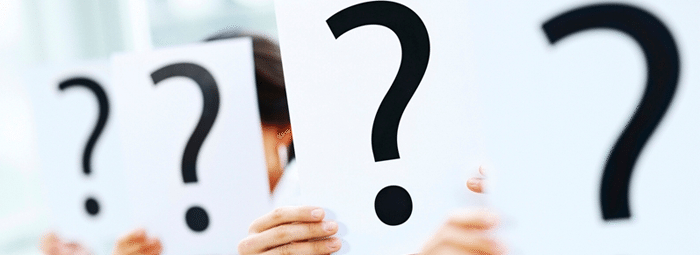Russell Williams founded Invention Home over 6 years ago to assist inventors with the marketing and licensing of their ideas. He’s been asked nearly every invention-related question in the book, and shares his wisdom with you in this series, "The Inventor Q&A."
Question:
What is the difference between having an invention and just having an idea?
Answer:
On the surface, this sounds like a very basic and common sense question, but in reality inventors often confuse having an “idea” for an “invention.” The definition of an invention is “a device, contrivance or process originated after study and experiment.” An idea is defined as “a formulated thought or opinion.”
Based on these definitions, inventors should consider the amount of “study or experiment” they have really done to justify terming an “idea” as an “invention.” Think of it this way, do you have a tangible solution for something or have you just identified a problem that needs a solution?
The real challenge with inventing is not just identifying a need, but also figuring out a solution and even more so, how that solution works. For example, if you wake up with an idea for an engine that runs on water, you’d better figure out how it works before you start classifying your idea as an invention.
Question:
Can you provide a simple explanation of what “patentability” means?
Answer:
When the patent office reviews patent applications to determine whether they will grant a patent, they review to see if the stated invention meets a set of predetermined requirements, thereby qualifying it as “patentable.” The requirements state that an invention must be new (or novel), useful, and non-obvious (meaning, not obvious to a person of ordinary skill in the art).
New and useful improvements to existing products can also be patented. One of the mostly commonly reviewed requirements is the novelty (newness) test, which considers whether other patents already exist on your invention. This process involves reviewing and understanding existing patents as well as non-patented, similar products (together called “prior art”) to determine the unique qualities (“novelty”) of your invention.
The patent examiner will perform a prior art search during the patent review process. He/she could ultimately cite older, existing patents as a basis for denying your patent application, which would then require your attorney to respond to the patent examiner with an explanation of how your invention is different. Keep in mind that even if you conduct a patent search and receive a preliminary “patentability opinion” prior to moving forward with a patent application, there are no guarantees that your patent application will “pass” the patent criteria followed by the Patent Office.
It is important to understand that this process is not an exact science. A patent attorney will do his or her best to find applicable prior art and to make a determination, but with the millions of patents that exist today, you will never receive a 100% guarantee.
For help in licensing
an invention, click here for a free information kit.
Read other editions of
The Inventor Q&A:






